Ángela del Robledo Troncoso García earned a Biomedical Engineering Degree at the University of Seville in 2020. Then, she received a Master in Biomedical Engineering and Digital Health at the University of Seville in 2021. Nowadays, she is a PhD student in Computer Science at University Pablo de Olavide in Seville where she is working as a researcher in the Data Science and Big Data Lab.
She has work in an internship related with software and data science in the health scope at the Information and Communication Technology Department in University Hospital ‘Virgen del Rocio’ during three months. She has also work as a visiting teacher and researcher at HTWG Konstanz (Germany) during one semester. The researcher work was about non invasive techniques for respiratory sound monitoring, related with Internet of Things (IoT) devices and physiological data analysis techniques.
Her major fields of research are data science, (bio)medical data analysis and bioinformatics.
Publications
2023 |
Explainable hybrid deep learning and Coronavirus Optimization Algorithm for improving evapotranspiration forecasting Journal Article In: Computers and Electronics in Agriculture, vol. 215, pp. 108387, 2023. |
Deep Learning-Based Approach for Sleep Apnea Detection Using Physiological Signals Conference IWANN 17th International Work-Conference on Artificial Neural Networks, vol. 14134, Lecture Notes in Computer Science 2023. |
A new approach based on association rules to add explainability to time series forecasting models Journal Article In: Information Fusion, vol. 94, pp. 169-180, 2023. |
Deep Learning-Based Approach for Sleep Apnea Detection Using Physiological Signals Conference IWANN International Work-conference on Artificial Intelligence, Lecture Notes in Computer Science 2023. |
Evolutionary computation to explain deep learning models for time series forecasting Conference SAC 38th Annual ACM Symposium on Applied Computing, 2023. |
2022 |
Explainable machine learning for sleep apnea prediction Conference KES International Conference on Knowledge Based and Intelligent information and Engineering Systems, 2022. |
2021 |
Non-invasive devices for respiratory sound monitoring Conference KES International Conference on Knowledge Based and Intelligent information and Engineering Systems, 2021. |

